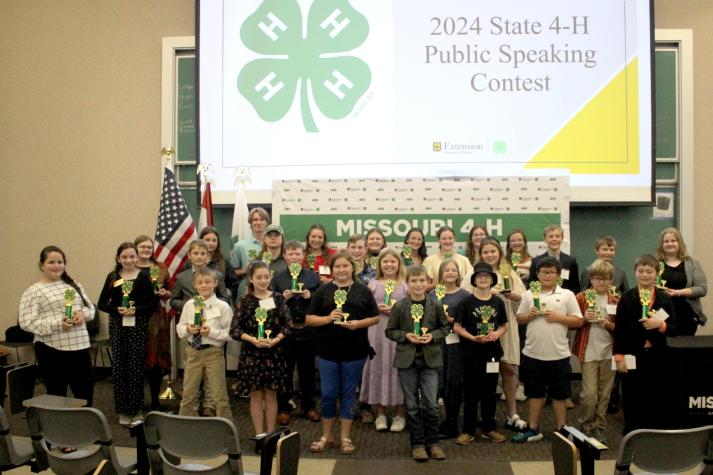

Youths gather for State 4-H Public Speaking Contest
Missouri youth showcased public speaking skills at the State 4-H contest, competing across categories and age levels.
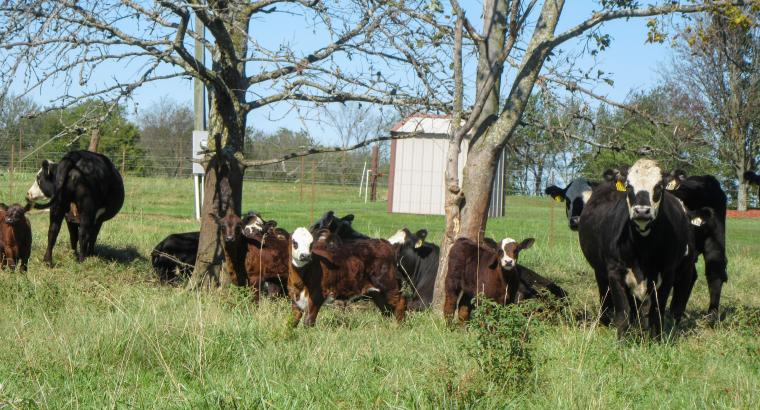
Rebuild your cow herd with proper heifer development
Boost your herd’s success with proper heifer development, nutrition, breeding, and health management strategies.
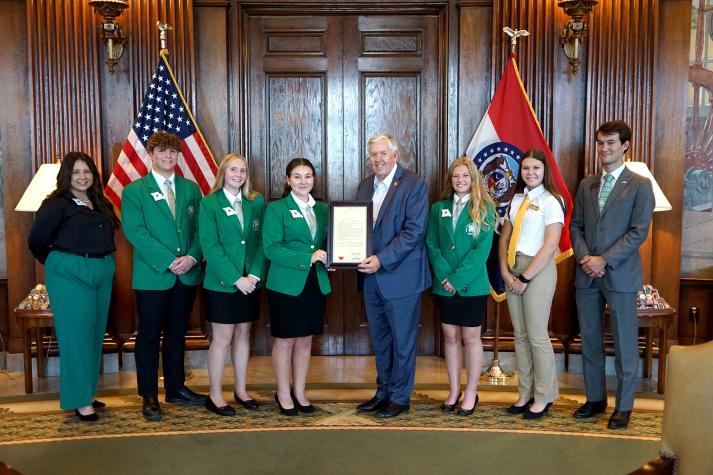
Gov. Parson proclaims 4-H Week in Missouri
Governor Mike Parson proclaims October 6–12 as 4-H Week in Missouri, celebrating youth leadership and community impact.
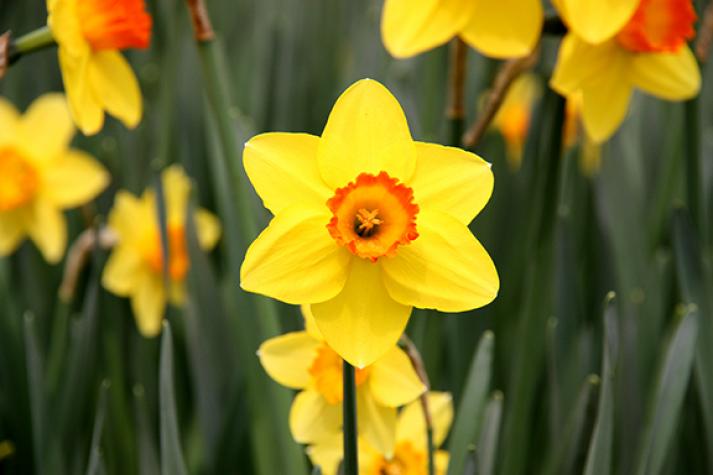
Plant bulbs now for a colorful spring
Plant spring-blooming bulbs now to ensure vibrant flowers and healthy roots next season.
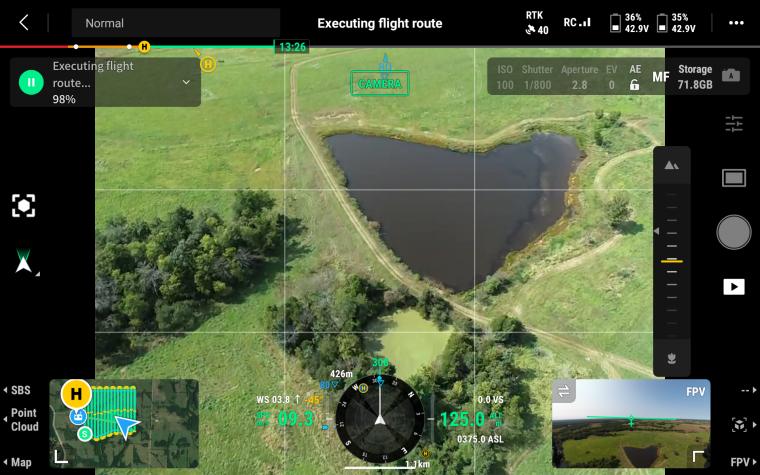
MU Extension takes to the skies to stamp out invasive weeds
Using drone-based lidar, satellite imagery, and machine learning, specialists are mapping invasive weeds in Missouri's Prairie Fork Conservation Area.
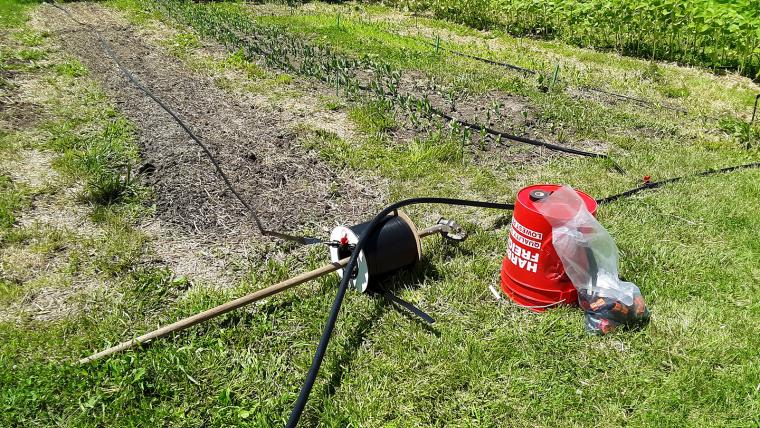
FDA finalizes the preharvest water rule: What does it mean for produce growers?
Understand how the new FDA preharvest water rule shifts compliance steps and deadlines for produce growers.
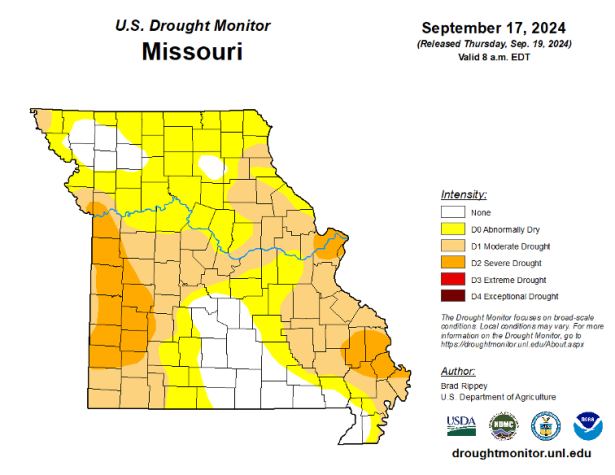
Despite recent rainfall, Missouri remains dry
Missouri faces worsening drought despite recent rains, with dry pastures, crop stress, and low water levels raising concern across the state.
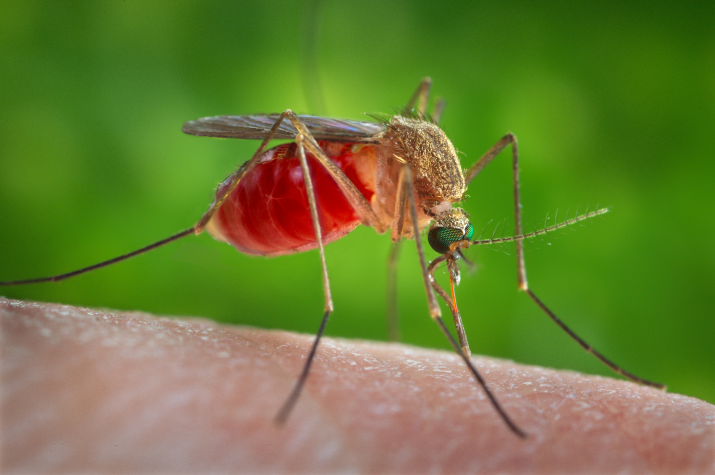
Experts see rise in sloth fever among travelers
Travelers to South and Central America face rising risk of sloth fever; protect against bites and monitor symptoms after trips.

Lanes Prairie 4-H Club kicks off new year with apple butter meeting
Lanes Prairie 4-H Club starts the year with an apple butter meeting, teaching youth cooking skills and building community.
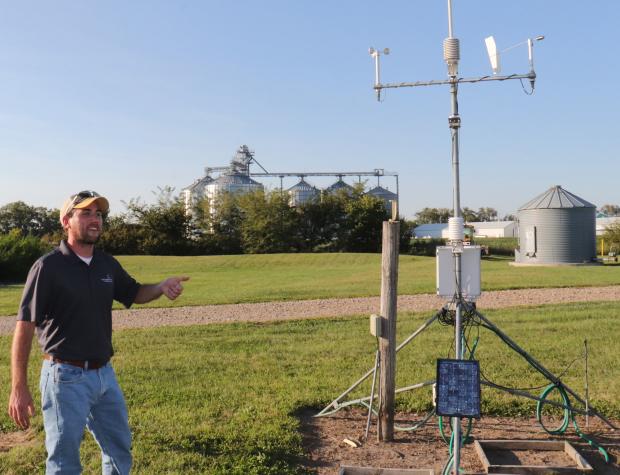
Weather station upgrades will help plan for flood, drought
Upgraded weather stations with soil moisture sensors will improve forecasts and planning for floods and drought across Missouri.
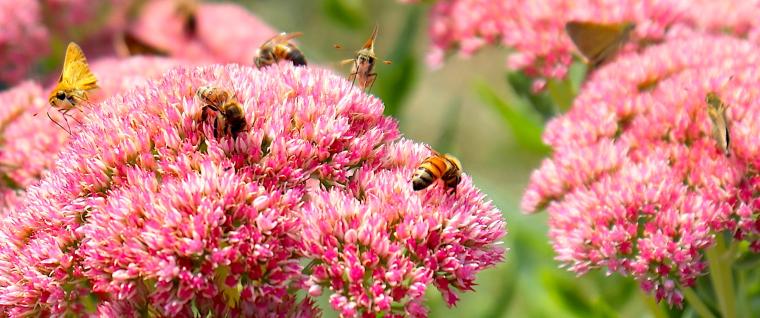
Sedum: Pollinators love this easy-peasy purple and pink plant
Sedums are low-maintenance, late-blooming plants that attract bees, butterflies, and other pollinators with vibrant purple and pink flowers.
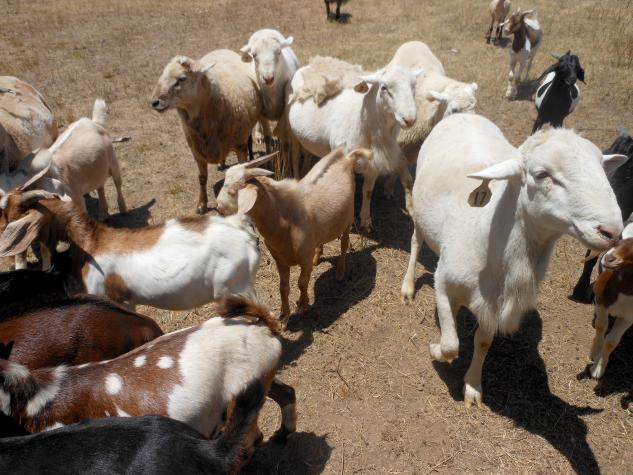
Producer expertise needed to shape future of state's small ruminant industry
Help shape Missouri’s future sheep & goat industry by sharing on-farm data that guides policy, supports producers, and informs economic strategy.
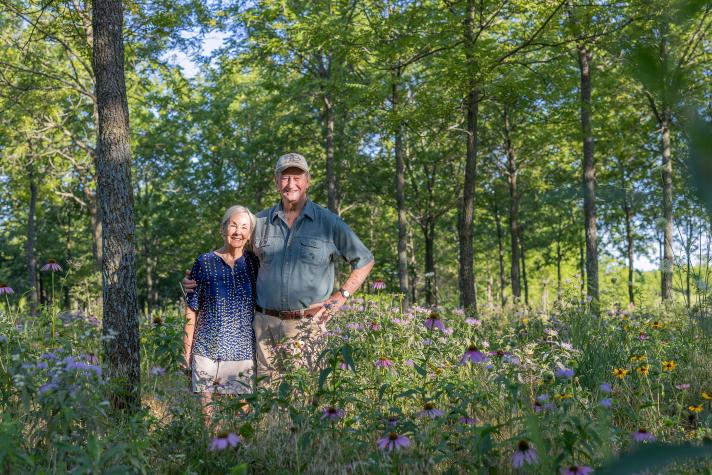
Speaking for the trees
Jim Ball turns childhood outdoor passion into award-winning tree farm with conservation and wildlife-friendly practices.

Missouri 4-H celebrates Hall of Fame inductees
SEDALIA, Mo. – The 18th annual Missouri 4-H Hall of Fame ceremony on Aug. 10, 2024, honored outstanding volunteers and supporters who have made lasting contributions to the 4-H program and the youths of Missouri.
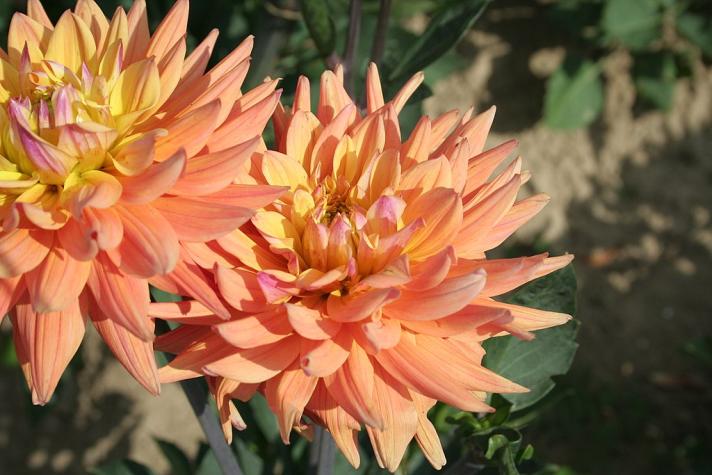
Dahlias dazzle and delight as gardens dim
COLUMBIA, Mo. – As autumn approaches, many garden flowers show the ravages of a long, often brutal summer. However, it’s at this time that dahlias are most spectacular, said University of Missouri Extension horticulturist David Trinklein. Warm days and cool nights associated with late summer and early fall cause dahlias to produce flowers with intense, dazzling color.
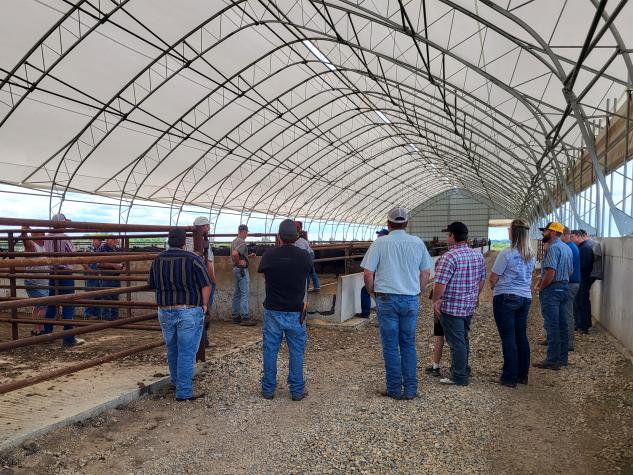
Record-breaking attendance at eighth MU Extension Feedlot School
Over 65 cattle producers from Missouri, Iowa, and Illinois attended the Feedlot School in Kirksville, marking a significant increase in participation.
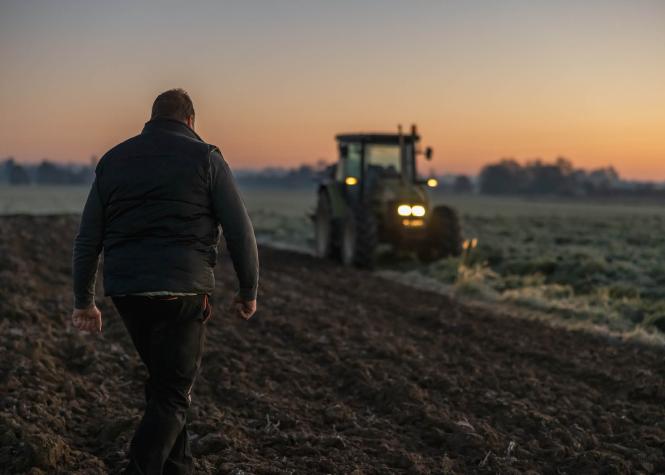
High rate of suicide by firearm in NE Missouri being studied
Research in northeastern Missouri explores high firearm suicide rates and offers resources to support rural families and mental health awareness.
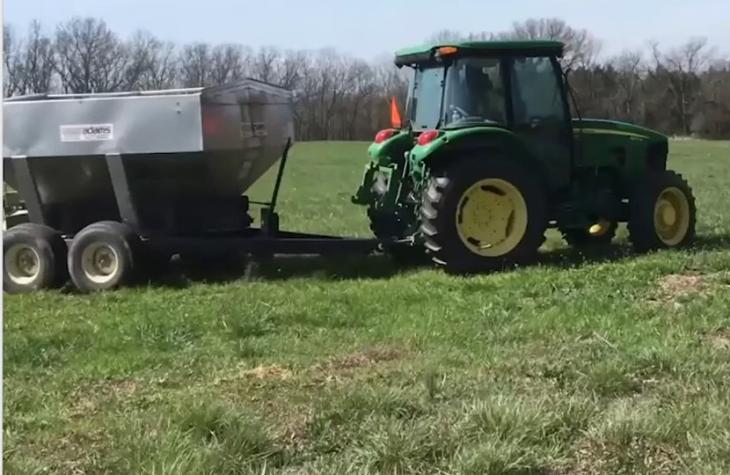
Nitrogen fertilizer boosts fescue yields but increases toxin
Nitrogen boosts fescue yields but raises toxins, so manage fertilizer carefully to protect animal health.
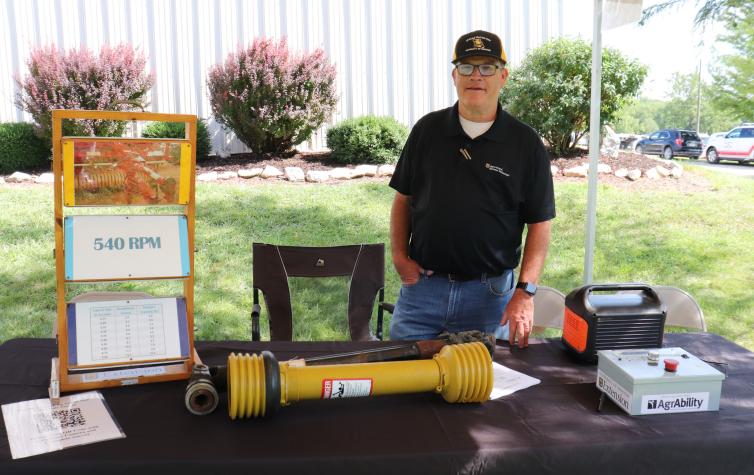
Don't fall victim to PTO accidents on the farm
Stay safe around farm machinery by preventing PTO accidents. Follow safety tips to avoid injuries and fatalities from spinning PTO shafts and moving parts.
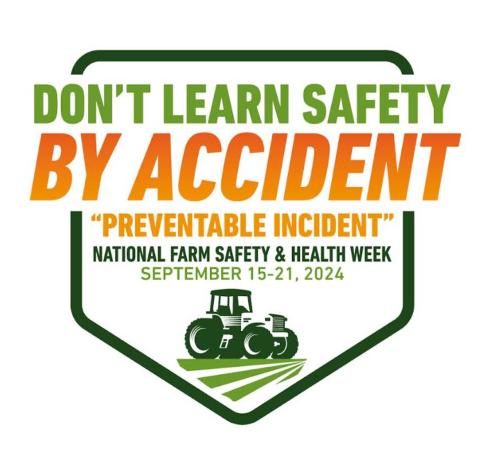
Tips for reporting near misses and accidents on the farm
Learn how reporting farm accidents and near misses can prevent injuries and improve safety for all workers.
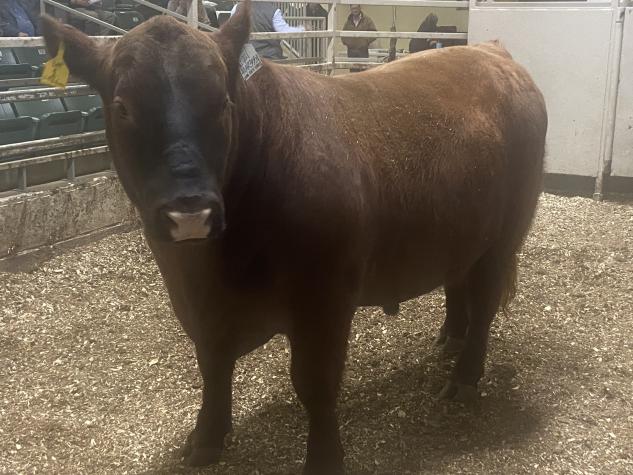
Prepare bulls for the upcoming breeding season
STOCKTON, Mo. – “It is time to begin preparing for the upcoming breeding season,” says Patrick Davis, University of Missouri Extension livestock field specialist. In preparation for the upcoming breeding season, Davis will discuss management strategies to make sure bulls are ready for a successful breeding season.

Grant boosts 4-H Youth Futures program
University of Missouri Extension’s 4-H Center for Youth Development has received a five-year project award totaling $607,115 from the USDA National Institute of Food and Agriculture’s Children, Youth and Families at Risk grant program. The funding, beginning September 2024, will support 4-H Hopeful Paths for Youth Futures, which provides college and career programming to middle and high school youths in Jackson, St. Louis and McDonald…
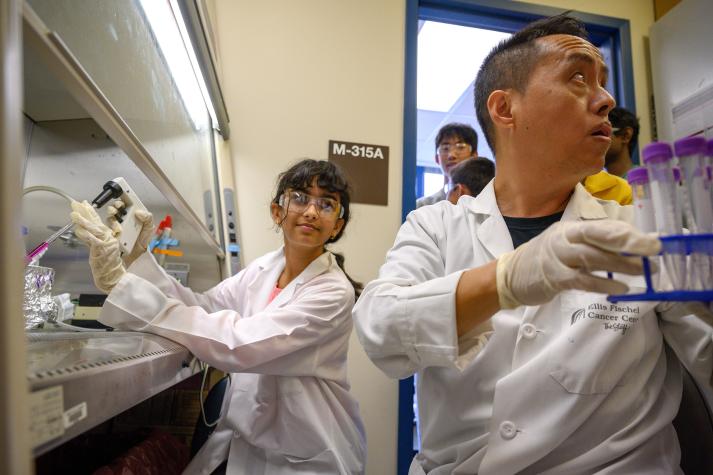
From cancer research to fossils, camps bring Mizzou to young scientists in the making
COLUMBIA, Mo. – Missouri middle school students learned the basics of cancer biology and pathology research this summer in a hands-on “mini-medical school” camp. Another group of fourth through sixth graders took a walk back through geological time and calculated who ran faster: humans or dinosaurs.
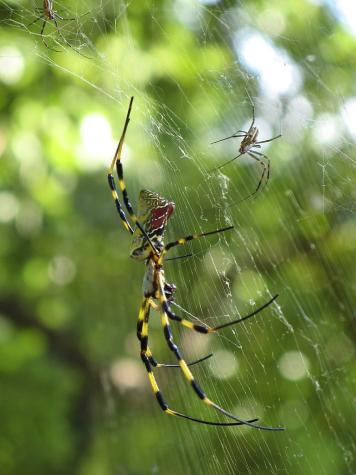
Joro spiders are nothing to worry about – yet
Joro spiders aren’t yet in Missouri and pose little threat, though their range may expand northward in the future.
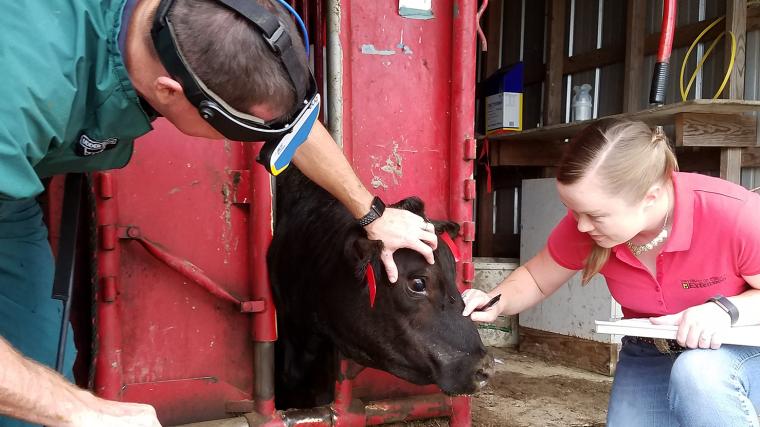
MU Extension offers tips on safely handling livestock
Learn safe livestock handling—use caution, read animal behavior, maintain equipment, and reduce risks during feeding and transport.